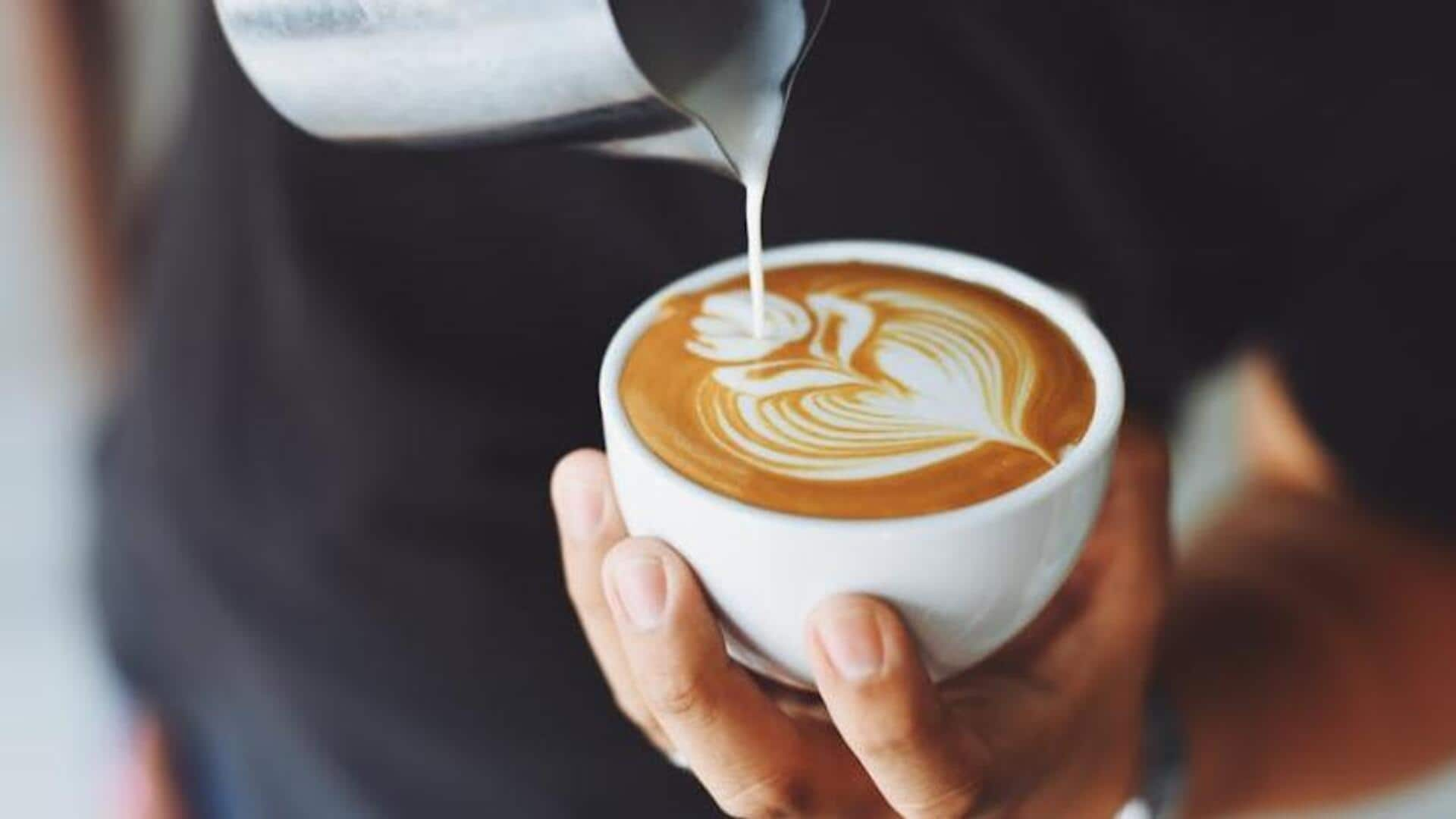
Coffee hack: Brew your coffee like a barista
What's the story
Cold brew coffee has become the go-to drink for its smooth taste and refreshing qualities.
Unlike hot brewing, cold brew requires coffee grounds to steep in cold water for long.
This extracts flavors differently from the beans, resulting in a less acidic and mellower beverage.
Learning to nail cold brew techniques can take your coffee experience at home to the next level, just like professional bartenders who serve exquisite drinks with precision.
Bean selection
Choosing the right coffee beans
Selecting the right coffee beans is critical for a great cold brew.
Choose medium to coarse ground beans as they allow better extraction during the steeping process.
Light to medium roast beans are often preferred as they retain more of their natural flavors and acidity, which complement the smoothness of cold brew.
Experiment with different origins and blends to find your preferred taste profile.
Steeping duration
Perfecting steeping time
The steeping time is a key factor that affects the flavor of your cold brew.
A good rule of thumb is to steep for 12 to 24 hours in the refrigerator or at room temperature.
Shorter durations may yield weaker brews, while longer ones may cause over-extraction and bitterness.
Adjust to your liking, but find a balance that emphasizes both strength and smoothness.
Ratio importance
Water-to-coffee ratio matters
The water-to-coffee ratio is another key to get a balanced cold brew.
A typical starting point is one part coffee to four-part water by weight or volume (depending on preference).
Adjust this ratio according to taste; more coffee will give you a stronger concentrate, while less will give you a milder drink.
Consistency in measurement ensures repeatable results every time you prepare your batch.
Filtration process
Filtering techniques for clarity
Proper filtration guarantees clarity and elevates the drinking experience of your cold brew coffee.
Use fine mesh strainers or paper filters post-steeping to remove any lingering grounds from the liquid concentrate efficiently.
This way, you don't have to worry about cloudiness/sedimentation problems ruining the texture when serving over ice later on.
It's desired by consumers looking for refreshment options outside of regular hot drinks only during summer months particularly.